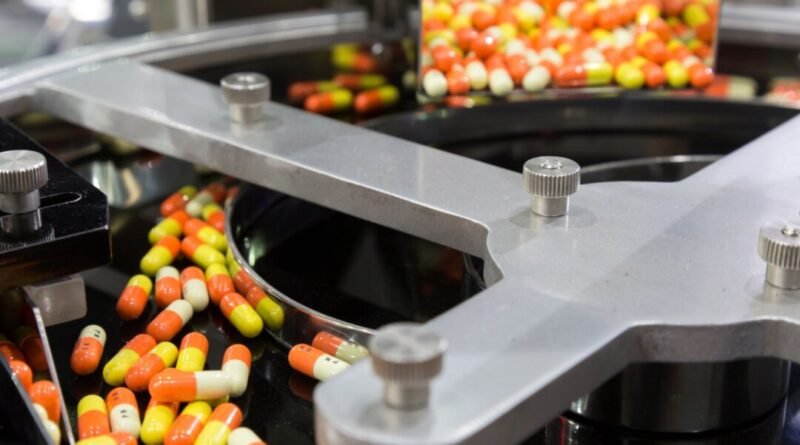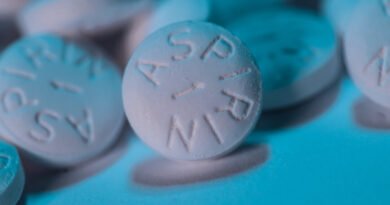Is 3D Printing the Answer to Custom Medication with One Pill Solution?
While 3D-printed pills promise personalized medicine, safety and regulatory challenges remain.
Custom Pills With Precise Drug Release
The research, led by Dr. Yinfeng He, utilizes multi-material inkjet 3D printing to create custom pills capable of delivering multiple drugs at controlled rates. This method integrates different medications into a single tablet capable of releasing each drug at specific times as tailored to individual patient needs.
The key to this innovation is a material called poly-4-acryloylmorpholine (poly-ACMO). This water-soluble material can be combined with an insoluble substance, enabling the creation of tablets that release medication at varying speeds—slow, fast, or in stages.
The research team used ultraviolet (UV) light to print and solidify the tablets, demonstrating the effectiveness of their method for creating customized medications. They applied this technology to incorporate aspirin into their formulations.
“This is an exciting step forwards in the development of personalised medication,” Dr. He said in a press release. “This breakthrough not only highlights the potential of 3D printing in revolutionizing drug delivery but also opens up new avenues for the development of next-generation personalized medicines.”
Simplifying Medication Regimens
This new technology could benefit patients with complex medication schedules, particularly those with chronic conditions. The authors said that by combining multiple drugs into a single pill, the regimen becomes simpler, making it easier for patients to adhere to their prescribed treatments.
“Up to 50% of people in the UK alone don’t take their medicines correctly … A single pill approach would simplify taking multiple medications at different times and this research is an exciting step towards that,” said co-author and University of Nottingham professor Felicity Rose in a press release.
Another advantage of this technology is its scalability. The researchers demonstrated the ability to print up to 56 pills in one batch, showcasing the potential for large-scale production. This capability is “essential for the manufacturing of personalised medicines” the study reads.
Beyond Concept: 3D-Printed Medications in Use Today
In 2015, the U.S. Food and Drug Administration (FDA) approved the first 3D-printed drug, Spritam, manufactured by Aprecia Pharmaceuticals for treating epilepsy. Using a unique 3D printing method called ZipDose Technology, Aprecia created a porous pill that dissolves rapidly with just a sip of water.
Navigating the Challenges of 3D-Printed Pharmaceuticals
The 3D-printed medications field presents challenges, especially in quality control. Unlike traditional drug manufacturing, which is highly standardized for consistency, 3D printing allows modifications that can lead to batch-to-batch inconsistencies.
According to the insurance firm Connor, Strong, and Buckelew, the rise of 3D-printed pharmaceuticals introduces additional risks. The technology’s vulnerability to cyber threats increases the danger of counterfeit medicines, with potential repercussions for patient health, they say.
The University of Nottingham’s research on 3D-printed pharmaceuticals illustrates progress towards personalized medicine. However, as this technology develops, experts say that addressing regulatory and quality control challenges will be important.





